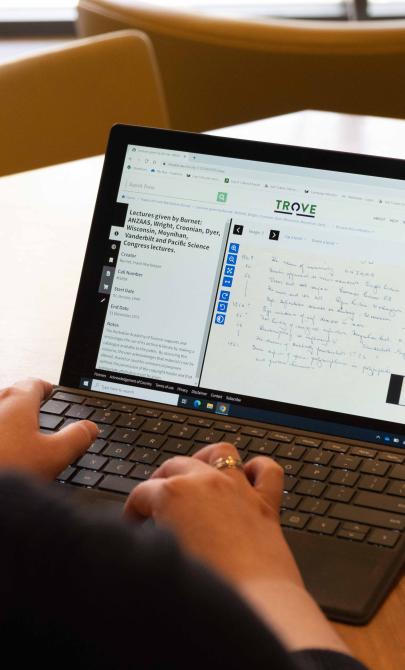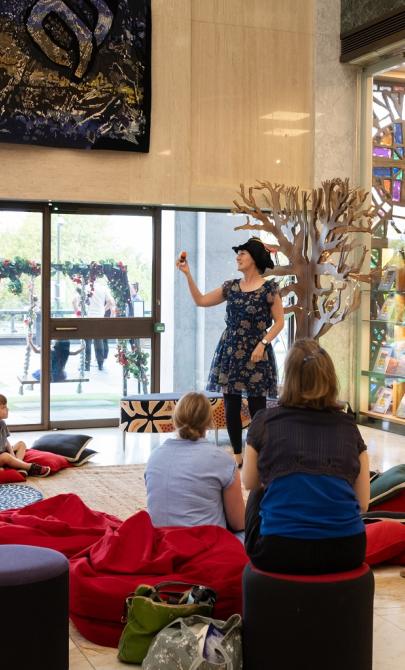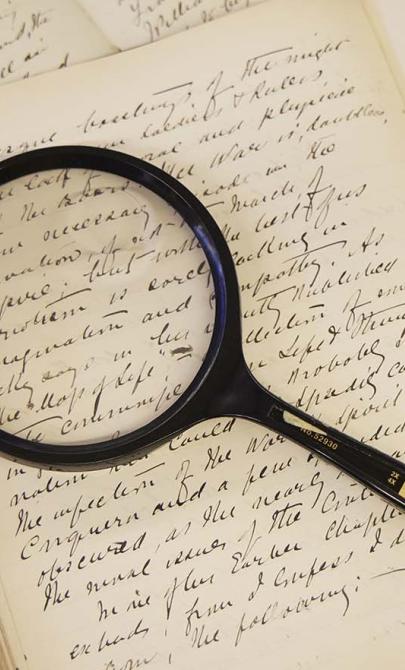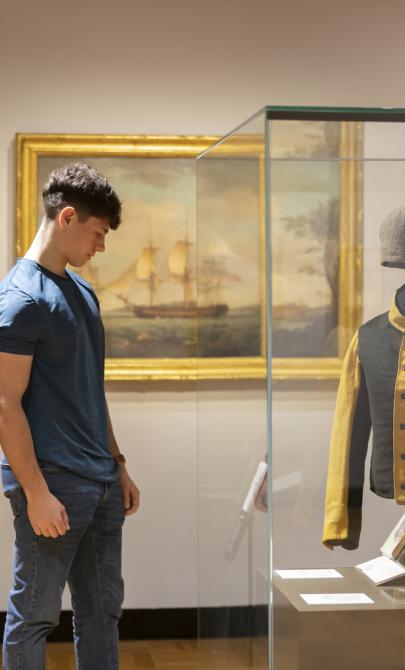Polynesian expansion across the Pacific (c.700-1756)
About this module
Students will engage with a rich selection of sources and be challenged to draw their own conclusions and understanding about the changes from the end of the ancient period to the beginning of the modern period.
Copyright for teachers
You can download all collection materials in this resource for education purposes. For more information, go to copyright for teachers.
Topics in this module
This module covers 3 key topics.
Each topic includes an introduction to key concepts, links to key resources in our collection and a series of learning activities that cater for a variety of classroom contexts and learning styles.
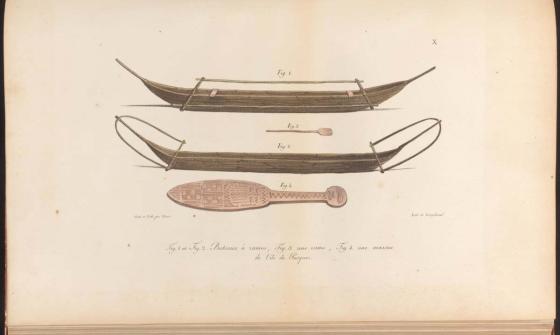
Louis Choris, Canoes, and a club from Easter Island, 1822, nla.gov.au/nla.obj-136165362
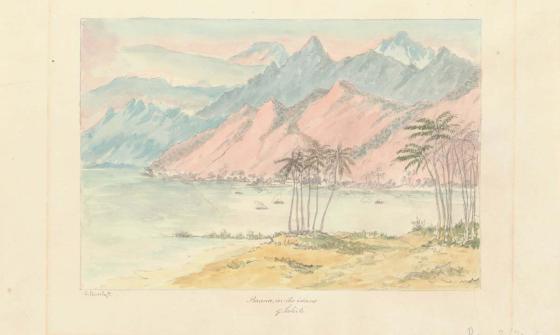
Charles Hamilton Smith and Robert Elwes, Sketcher's tour round the world. Parana in the island of Tahiti, nla.gov.au/nla.obj-136489091
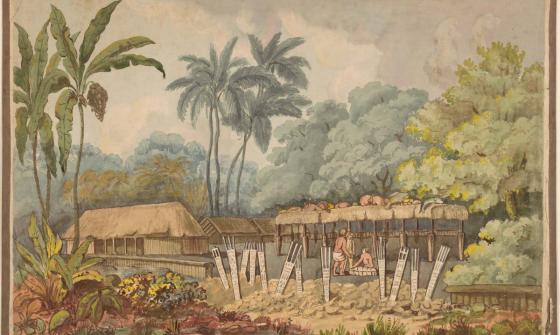
John Williams, John Webber and James Cook, A human sacrifice in a morai in Otaheite, nla.gov.au/nla.obj-136423378
Introductory activities
These activities help students connect the Polynesian Expansion across the Pacific (700–1756) to what they already know, placing the topic in context before beginning the depth study. As outlined in this resource, the activities can also be adapted as starting points or inspiration for further questions and learning.
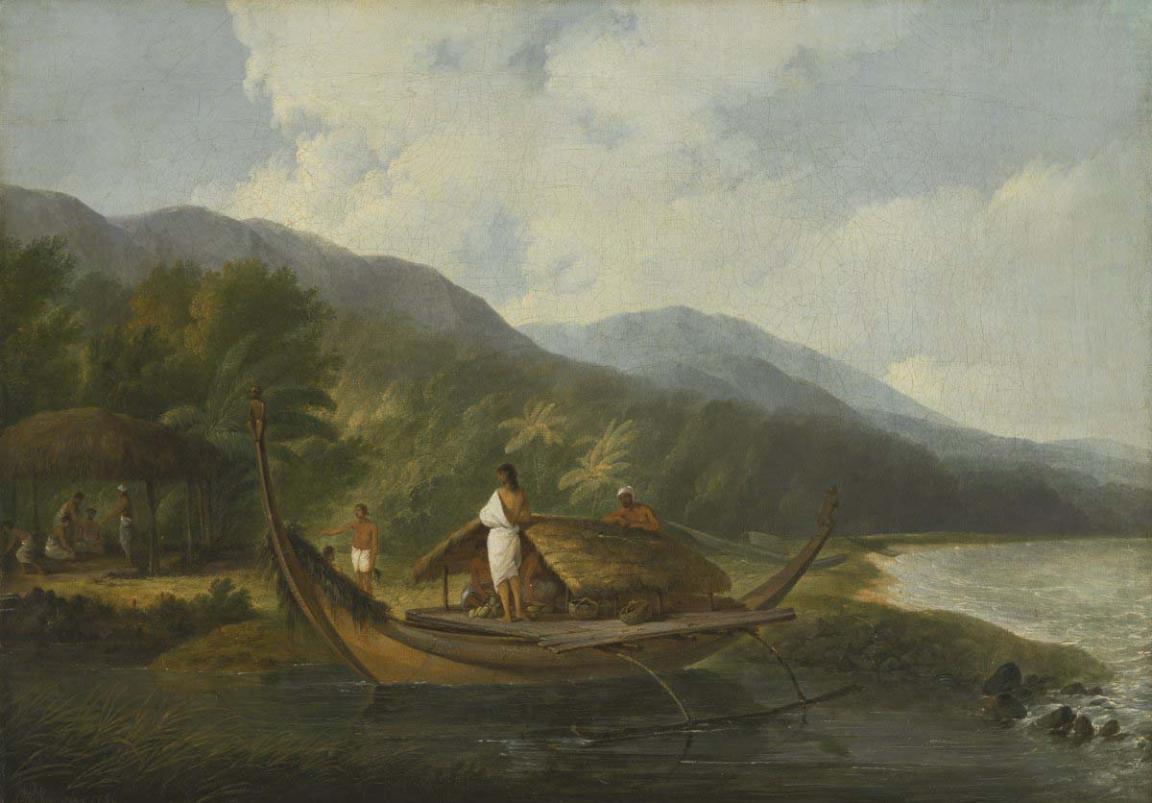
John Webber, View in Ulietea, 1786, nla.gov.au/nla.obj-134288729
John Webber, View in Ulietea, 1786, nla.gov.au/nla.obj-134288729
Polynesia is a vast region spanning nearly 30 million square kilometres. Within the “Polynesian Triangle” are thousands of islands, each with its own mix of cultures, histories and faiths. The word Polynesia comes from Ancient Greek: “polys” meaning many, and “nēsos” meaning islands. Despite having no direct connection to Ancient Greece, the region was named using its language. Polynesian societies have long histories, interconnected cultures, and rich traditions. Like many ancient cultures, they’ve passed down stories and legends through generations, often explaining creation or describing the deeds of gods and ancestors.
Activity 1: Map task
Ask students to locate and label islands within the Polynesian Triangle using a blank map template (available online). Refer to this map throughout the study.
Activity 2: Language task
Prompt students to investigate why a region without Greek roots has a Greek name. Challenge them to find and share other examples of places named in a non-native language.
Activity 3: Prefix task
Ask students to explore the prefix “poly”. What does it mean? What do the example words have in common? Break them down into their parts and define each one. Suggested words: polygon, polytechnic, polyglot, polymer, polyphone, polygraph, polytheism, polysyllabic.
Activity 4: Creative task
Have students research a traditional Polynesian legend or story. Ask them to retell it creatively—as a comic strip, illustration, short story, or modern version.
Concluding activities
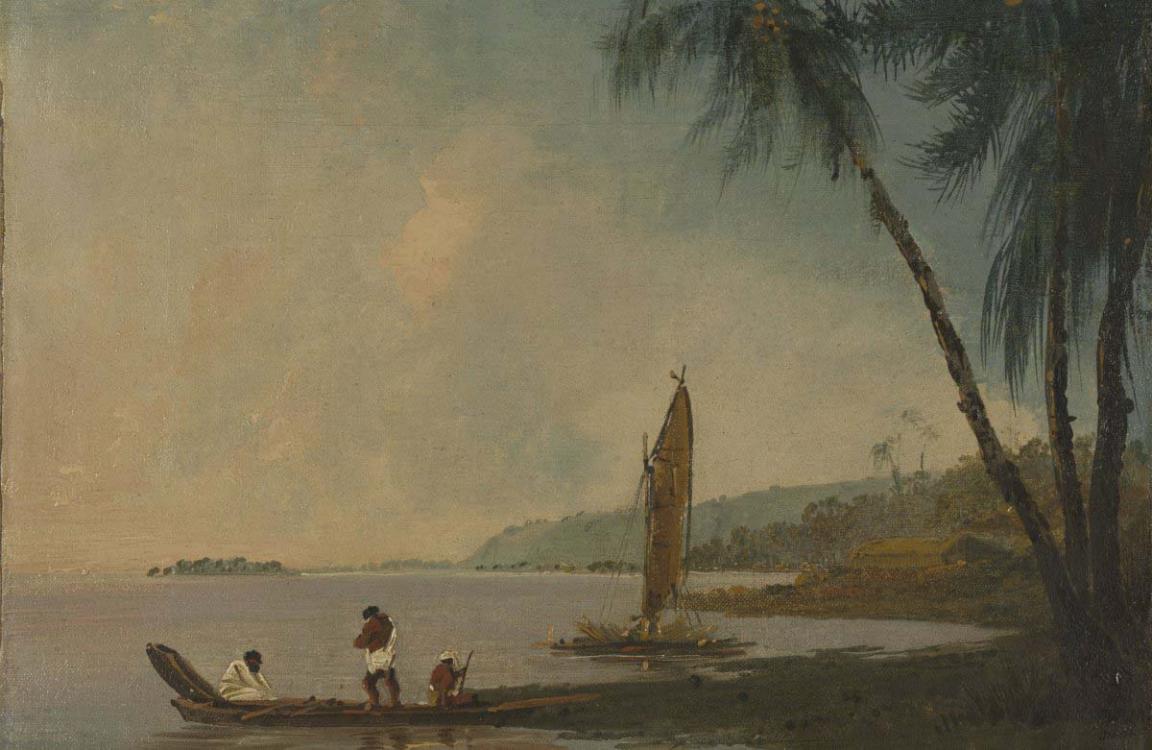
William Hodges, View from Point Venus, Island of Otaheite [i.e. Tahiti], 1774, nla.gov.au/nla.obj-134321148
William Hodges, View from Point Venus, Island of Otaheite [i.e. Tahiti], 1774, nla.gov.au/nla.obj-134321148
Across Australia, many towns and cities are home to Pacific Islander communities. These groups often run outreach programs and may be happy to share their cultural knowledge with local schools. Reaching out can offer students a chance to hear first-hand stories about Polynesian traditions, histories and ways of life.
Polynesian societies are rich in diversity, but they also share common threads—some languages are remarkably similar, and traditions like the marae play important roles in many communities. These shared elements raise thoughtful questions: In a region made up of many nations, what does it mean to have so much in common? How do people hold on to what makes their culture unique?
Polynesian cultures are often portrayed in films and books—but not always accurately. Some stories rely on stereotypes or outdated ideas, especially in older works. While artistic licence can play a role in storytelling, it’s worth asking how these portrayals can be more respectful and true to the people they represent.
From 1756, European explorers began arriving in the Pacific, bringing major changes. Newcomers mapped the region and made contact with established societies—but this contact often disrupted traditional ways of life. Despite this, many Polynesian communities continue to practise and celebrate customs that stretch back thousands of years.
Activity 4: Connect locally
Research whether there’s a Pacific Islander community group in your area. If possible, invite a guest speaker to share stories, traditions or insights into Polynesian culture with the class.
Activity 5: Spotlight on representation
Choose a film or book that features Polynesian culture. How accurate is the portrayal? Why might the creators have changed or simplified aspects of the culture? How could the story be retold with more care and accuracy?
Activity 6: Languages and links
Explore how Polynesian societies are both distinct and interconnected. What does it mean to share language and traditions across islands?
- Is it important to find common ground with others?
- How do shared roots influence national identity?
- Why is it also important to celebrate differences?
Activity 7: Celebrate everyday culture
Ask classmates or friends how they do something common—like celebrating a birthday. Gather the responses and look for patterns and unique practices. This activity is designed to celebrate both similarities and differences. Keep the questions open and respectful.
- What traditions are widely shared?
- What small details make each person’s experience different?
Activity 8: Explore historical impact
Investigate the effect of European exploration in Polynesia.
- What changed after contact?
- What traditions have endured?
- How do communities today honour their pre-European past?
Curriculum links
This resource has been developed to support the Australian Curriculum: History for Year 8 students.
- The significant social, religious, cultural, economic, environmental and/or political features of different groups in the Asian-Pacific society (AC9HH8K12)
- A significant development, event, turning point or challenge that contributed to continuity and change in the Asian-Pacific society (AC9HH8K13)
- The experiences and perspectives of rulers and of subject peoples, and the interaction between power and/or authority in the Asian-Pacific society (AC9HH8K14)
- The role and achievements of a significant individual and/or group in the Asian-Pacific society (AC9HH8K15)
- Interpretations about the Asian-Pacific society and events, and/or individuals and/or groups connected to the society (AC9HH8K16)
